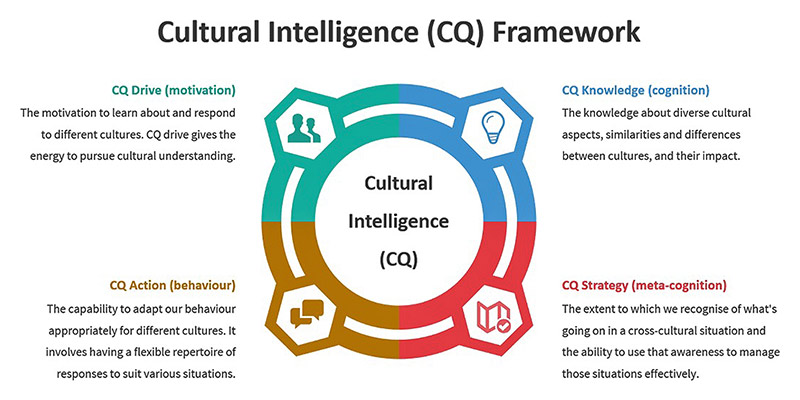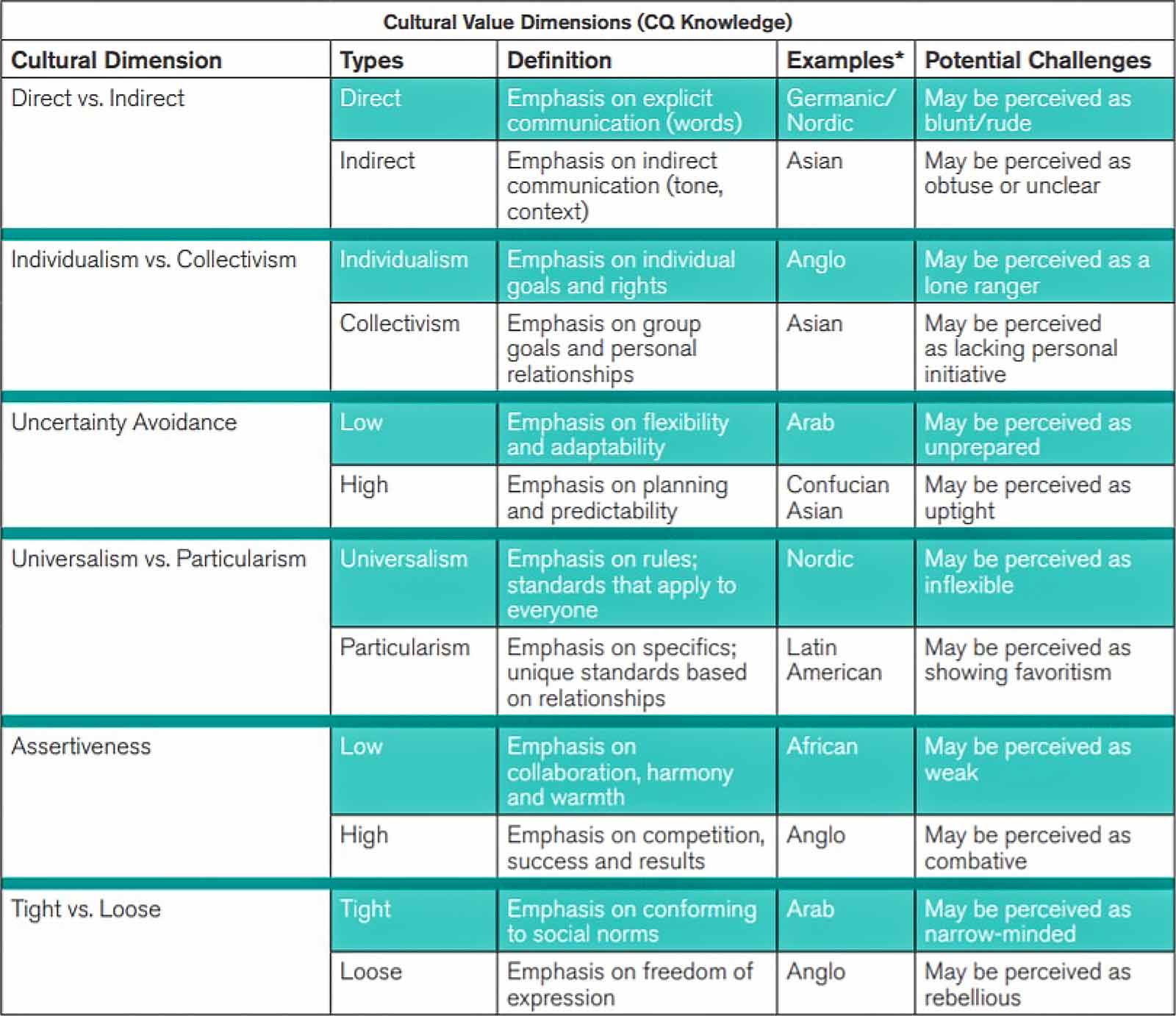By Donald Fan, Senior Director, Global Office of Culture, Diversity, Equity & Inclusion for Walmart

In 2018, 20,000 Google employees walked out to protest the handling of sexual harassment claims in the workplace. That headline-grabbing protest and related appeals have extended into this year. We know Goggle pledges to strengthen its commitment to equity and inclusion, which helps the company build more helpful products for its users and the world. This case implies that without a supportive culture, equity will not be sustained and will not help retain the best talent in the workplace.
After my previous articles on equity in the workplace pivoting on the rationale of equity, its implication, and programmatic practices, I believe it is worthwhile to discuss the cultural dimension of equity—building a culture of equity and inclusivity.
Characters of a culture of equity and inclusivity
A culture of equity and inclusivity exemplifies the value, purpose, policy, practice, and behavior that ensure that all people have fair and equitable support and opportunities to learn, grow, and advance, including, but not limited to, those who have been historically underrepresented based on race/ethnicity, age, disability, sexual orientation, gender, gender identity, socioeconomic status, geography, country of origin, or religion.
Although technology may be pervasive in the post-pandemic and digital era, ultimately, a culture of equity and inclusivity will have the most imperative and formative impact on the business world.
Some key traits of this culture include the following:
- Having a level playing field for everyone
- Offering fair access, opportunity, resources to learn, development, advancement
- Providing psychological safety, so all employees can bring their whole selves to work and contribute
- Nurturing a strong sense of belonging, uniqueness, and fairness
- Respecting the individual and treating each one with dignity
- Celebrating difference and building on commonality
This culture underlines empathy, humanity, and trust as a capstone of diversity, equity, and inclusion. It differentiates a genuinely diverse and inclusive organization from those that are not because it taps the benefits of a diverse workplace and ensures that a wide range of perspectives and experiences are heard, valued, and embraced.
A plurality of professionals (32%) surveyed by Korn Ferry said they plan to leave because they disliked the culture at their organization. We all heard that culture eats strategy for breakfast. No matter how robust our strategic plan is, if our people do not share an ethical culture, its efficacy will be held back because the people implementing the plan are the ones that make all the difference.
Leverage cultural intelligence (CQ) to build a culture of equity and inclusivity
In the book Cultural Intelligence, professors Christopher Earley and Soon Ang introduced Cultural Intelligence, also known as Cultural Quotient (CQ). CQ refers to the skill and competence to relate and work effectively in culturally diverse situations. People with high cultural intelligence are attuned to the values, beliefs, attitudes, and behaviors of people from different cultures and backgrounds.
Developing people with the skills and competences of cultural intelligence is vital in cultivating a culture of equity and inclusivity because that effort advances the cultural competence, agility, creativity, resilience, and adaptability of today’s changing business and workforce.
The four capabilities that stem from cultural intelligence: CQ Drive (Motivation), CQ Knowledge (Cognition), CQ Strategy (Meta-Cognition), and CQ Action (Behavior).

Source: betterboards.net
CQ-Drive is our interest and confidence in functioning effectively in culturally diverse settings. It is the motivation to learn about and respond to people different from us. When we make an effort to learn about others, our minds start to open up, and differences become interesting and exciting.
CQ-Drive includes intrinsic interest—deriving enjoyment from culturally diverse experiences; extrinsic interest—gaining benefits from culturally diverse backgrounds; self-efficacy—having the confidence to be effective in culturally diverse situations.
To strengthen CQ Drive, we should do the following: remain curious and explore new experiences, such as engaging with people from different backgrounds and volunteering to collaborate with cross-functional teams and community-based organizations; take time to understand and embrace the merits of differences and shared values; create a feedback loop and open channels for unique perspectives; and hold one another accountable for acting inclusively.
A workplace culture of equity and inclusivity can only exist when there is psychological safety. In a psychologically safe setting, employees, regardless of status or identity, feel they can speak up, exchange thoughts, contribute, and take risks without fear of threats to their status or employment. When leaders and organizations model vulnerability, normalize risk-taking, or learn from failure, trust-based relationships are created. In this environment, underrepresented talent feels empowered to take the interpersonal risk of sharing their ideas and unique viewpoints. Psychological safety in the workplace serves as a CQ Drive, helping nurture a greater sense of belonging and support.
CQ-Knowledge is our knowledge about how cultures and race/ ethnicity groups are similar and different. It is about knowing how culture in general shapes people’s behaviors, values, and beliefs. Core cultural differences are invisible and they are often overlooked. CQ Knowledge helps to overcome cultural blind spots. With that, we can better explain and predict the responses of others, and thereby prevent confusion and anxiety in diverse settings.
CQ Knowledge incorporates business know-how regarding economic and market systems; interpersonal know-how regarding values, social interaction norms, and religious beliefs; and socio-linguistics know-how regarding rules of languages and ways for expressing nonverbal behaviors. The language of a particular culture also influences how people think.
To enrich CQ Knowledge, be purposeful in learning cultural differences to improve problem identification and resolution, judgment, and risk assessment. By understanding other people’s intentions, actions, and viewpoints, CQ Knowledge tempers bias and stereotypes, promoting trust-based interpersonal relationships. It also helps close the gap between in-group and out-group with freedom of cultural exchange, a sense of belonging, and purpose alignment.
When everyone commits to learning from others and brings the entirety of one’s life experiences, we have so much more to offer each other. If we try hard enough, we can find the unfamiliar in the familiar.
Effective leadership cultivates a deep understanding of who we are as individuals with different backgrounds. Knowing how we make decisions and why we make them the way we do is critical. Recognizing our individual biases and blind spots is foundational. We must develop the ability to determine when these parts of ourselves get in the way of our capacity to lead from a place of transparency. Effective leadership leads with an open mind, authenticity, vulnerability, and courage.

*These are examples of cultures where this cultural value is strong, but always be prepared for exceptions in any culture. Source: shrm.org
CQ-Strategy is how we make sense of culturally diverse experiences. It refers to higher-level thinking skills used to manage diversity: drawing on our knowledge and experience to anticipate and respond to cultural differences; being consciously alert and mentally flexible during exchanges; and reflecting on the accuracy of our assumptions, interpretations, and predictions, and then adjusting them as new information comes to hand.
CQ Strategy involves awareness—knowing about our existing cultural knowledge, planning (strategizing before a culturally diverse encounter); and checking assumptions and adjusting mental maps when actual experiences differ from expectations.
To enhance CQ Strategy, we can take on the concept Reflection-in-Action. It is the retrospective contemplation of practice, using analyzing, observing, and listening to solve problems. The focus is on gaining a new perspective—changing our views, values, and beliefs, rather than merely looking for a resolution. When possessing a strong CQ Strategy, we can draw on cultural understanding to solve complex problems.
Organizations should think about what strategies and practices can enhance their employees’ cultural experience. Then, plan and offer various activities that enrich cultural learning and involvement, such as heritage month celebrations, religious holiday observances, E/BRG activities, reverse mentoring, sponsorship, cultural conversations, and more. Adopt findings from anthropology to understand why people differ in their beliefs and behaviors. That effort helps make invisible cultural elements visible and unconscious bias conscious at work.
CQ-Action is our ability to adapt verbal and nonverbal behavior to make it appropriate for diverse cultures and people different from us. It involves having a flexible repertoire of behavioral responses that suit a variety of situations. If we are accustomed to thinking about these differences and their impact, this process can soon become instinctive and naturally feed into our planning.
CQ Action involves modifying nonverbal behaviors (e.g., gestures, facial expressions) and verbal behaviors (e.g., accent, tone).
Two thousand years ago, Aristotle introduced the seven causes of human action. He noted that all human actions have one or more of these seven causes: chance, nature, compulsion, habit, reason, passion, and desire. If we understand how the causes affect people in specific ways, we may better influence them and motivate them effectively. To improve CQ Action, we should question our assumptions about why things happen differently in different cultures and journal our cultural experiences and observations with success as well as frustration. That effort helps us address immediate problems and keeps us focused on improving our CQ in the long term.
In an organization, the exercise of establishing cultural values for DEI is critical, but not enough. The real test is how leaders enact these values. People watch everything leaders do. If leaders are not exhibiting behaviors that reflect the established values, the values are meaningless. Leaders need to listen, invite input, and foster creative conflict. It is not enough just to hear people out—words without action breed cynicism and plant the seeds of future talent attrition. Leaders must make a conscious effort to create a culture where people do not feel like imposters or left out.
Conclusion
Keep in mind that cultural intelligence development requires the head (knowledge and understanding), the body (actions), and the heart (confidence and commitment).
Building a culture of equity and inclusivity is everyone’s business. Every leader and employee must be on board for a cohesive and meaningful culture to propagate. Great organizations and leaders commit to and invest in the corporate culture by intentionally integrating CQ development into leadership competence learning programs; diversity, equity, inclusion strategy; and E/BRG initiatives. They leverage allyship and role model inclusive behaviors to create a safe space, a sense of belonging, and continuous learning from one another. That is how we close the cultural gaps, attract and retain top talent, achieve innovative breakthroughs, and outperform the competition with high-performing teams.

Donald Fan
Donald Fan serves as Senior Director in the Global Office of Culture, Diversity, Equity & Inclusion at Walmart Inc.







"Building a culture of equity and inclusivity is everyone’s business." I couldn't agree more Donald. We all have a part to play. Everyone should do their bit. This was a great read, can't wait for more 🙂
Thanks
Jamie